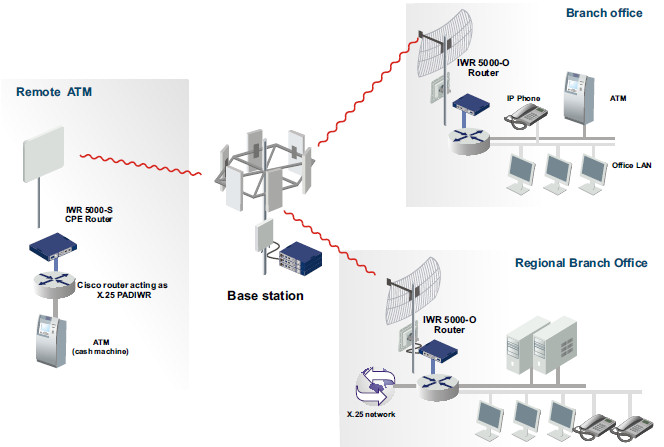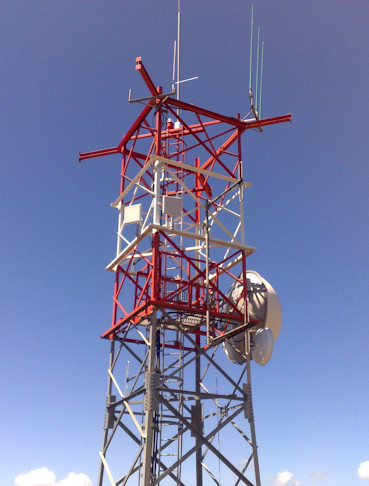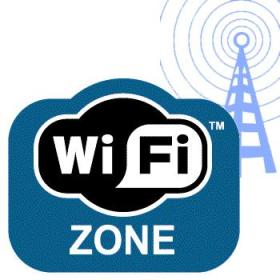HiperLAN, Wi-Fi and laser bridges
Sardacom is at the forefront in this sector, keeping abreast of the latest technologies on the market and availing itself of Infinet, Raytalk, Motorola, MikroTik and PAV certified engineers. Working for a few years in partnership with Harpax, leader in the sector of radio and laser communications, Sardacom’s engineers are fully trained in Wi-Fi, HiperLAN and laser products and technologies.

With our solutions, higher capacity networks with fewer mesh elements can be created, with a significant reduction in both complexity and investment for equipment and maintenance. In its simplest form, a radio bridge can be deployed by businesses to provide LAN-to-LAN extensions between two premises, while in its most advanced configurations, Sardacom is able to provide a complete infrastructure that enables businesses to connect their remote sites to their headquarters, fully allowing the transmission of multi-protocol services such as voice, video and data.
Applications
- WISP (Wireless Internet Service Provider) infrastructure backbones
- Building-to-building connectivity at typical Fast Ethernet speeds
- Non-Line-of-Sight (NLOS) backbones using low frequency bands
- Reliable backup for millimetre-wave fibre optic and radio lines
- CCTV and video surveillance networks
- Long-distance rural connectivity
- State and local authority networks
HF, VHF, UHF and SHF Radio
Geographically-based radio systems for mobile radiocommunications have been at the core of Sardacom’s activity for over 20 years: radio-relay regional networks for the 118 Emergency Service, radio networks for priority services, such as mountain rescue and municipal police services, systems designed to assist and complement investigations by government appointed departments, short-wave communication solutions for air and sea operations centres, setting up of C3 (command, control, and communication) and C3i (command, control, communication and information) centres.

Very High Frequency (VHF) radio networks: we use this band for mobile radiocommunication systems, naval services, police forces, and radio-localisation.
Ultra High Frequency (UHF) radio networks: we use this band for mobile radiocommunication systems, naval services, police forces, and radio-localisation.
Super High Frequency (SHF) radio networks: with SHF solutions we are able to activate lines for high and medium capacity data transfer, on licensed and unlicensed frequencies.
HotSpot

How does a HotSpot work?
- Users who wish to connect to the Internet with their handheld mobile devices (notebooks, palmtops, smartphones, etc.) have to be in the area where the radio-coverage generated by the HotSpot is available.
- When users connect they receive all network settings automatically (Dynamic Host Configuration Protocol (DHCP) system).
- Users launch their browser (e.g. Internet Explorer) and, in the welcome page they enter their UserID and password, which they receive by text message or via Internet card provided at distribution points.
- Now users can surf the Net, without downloading any software..
